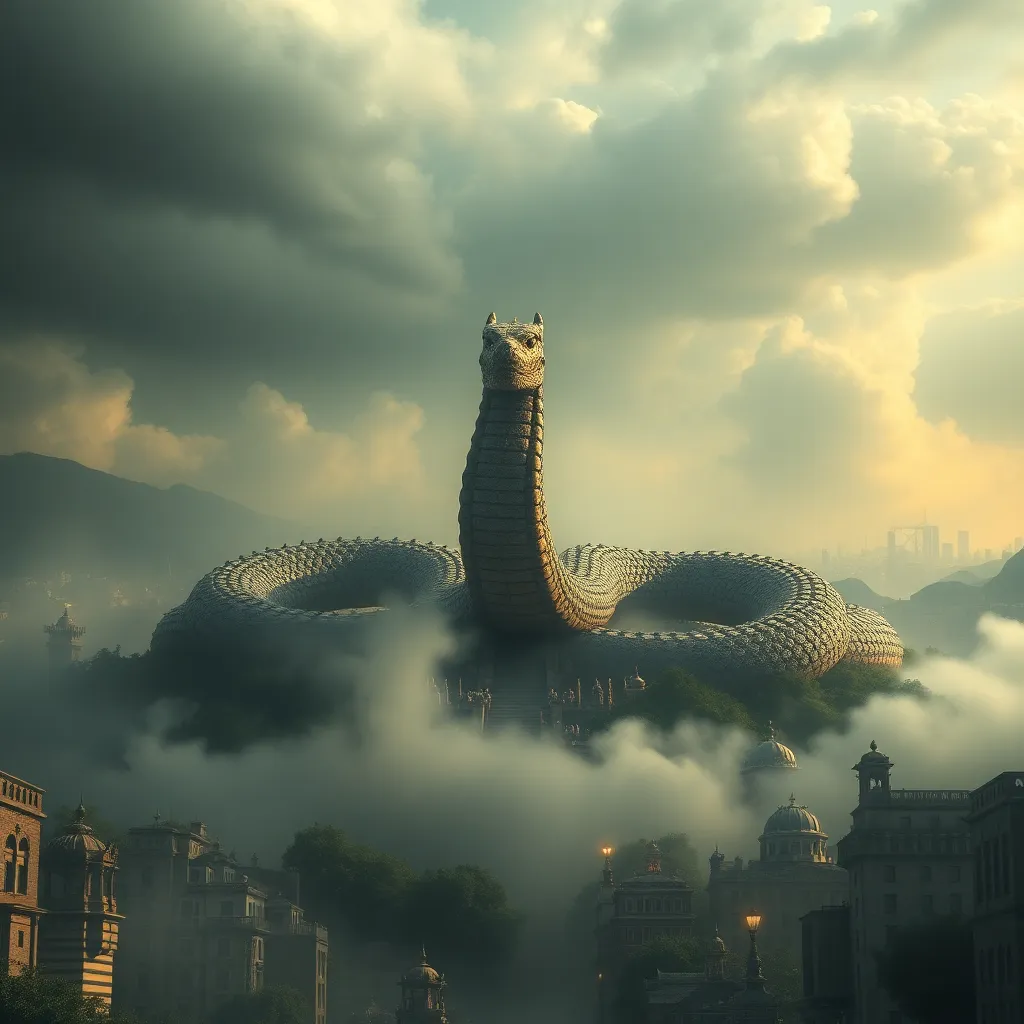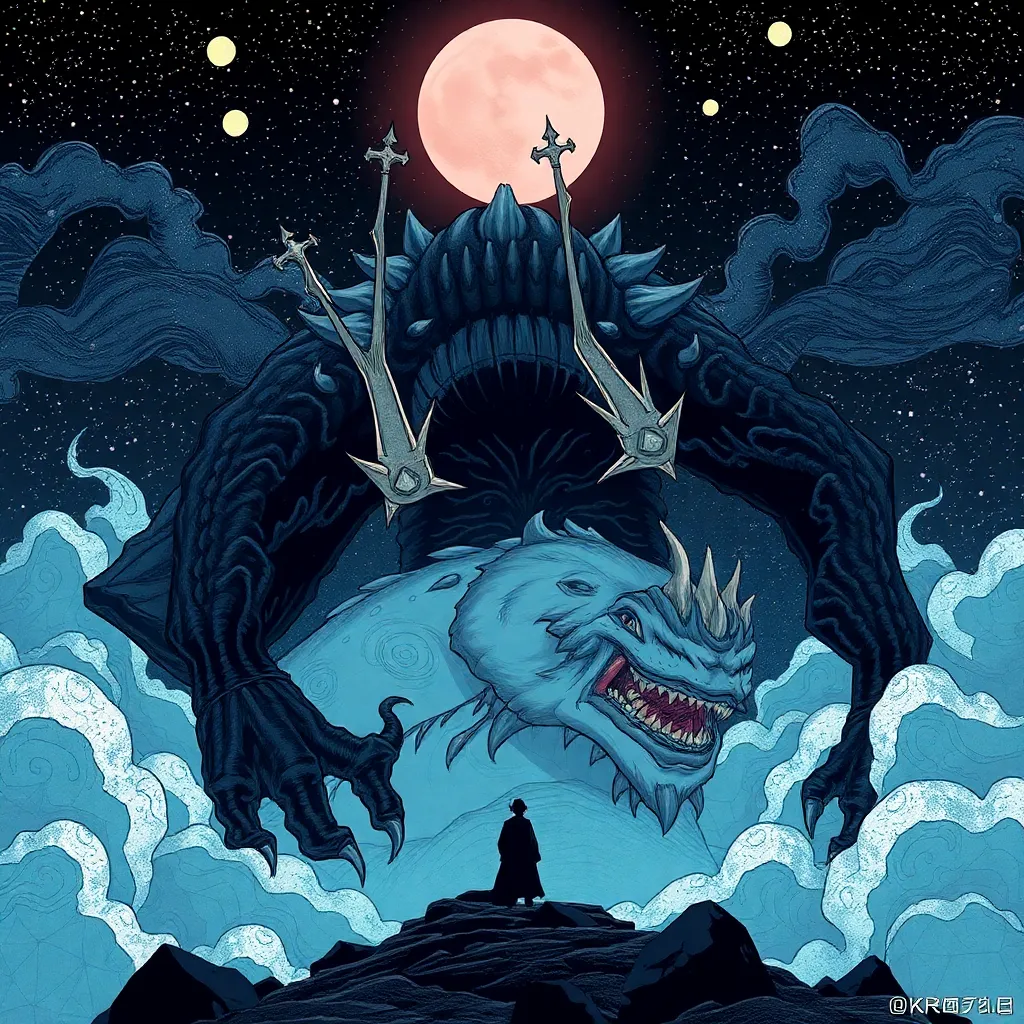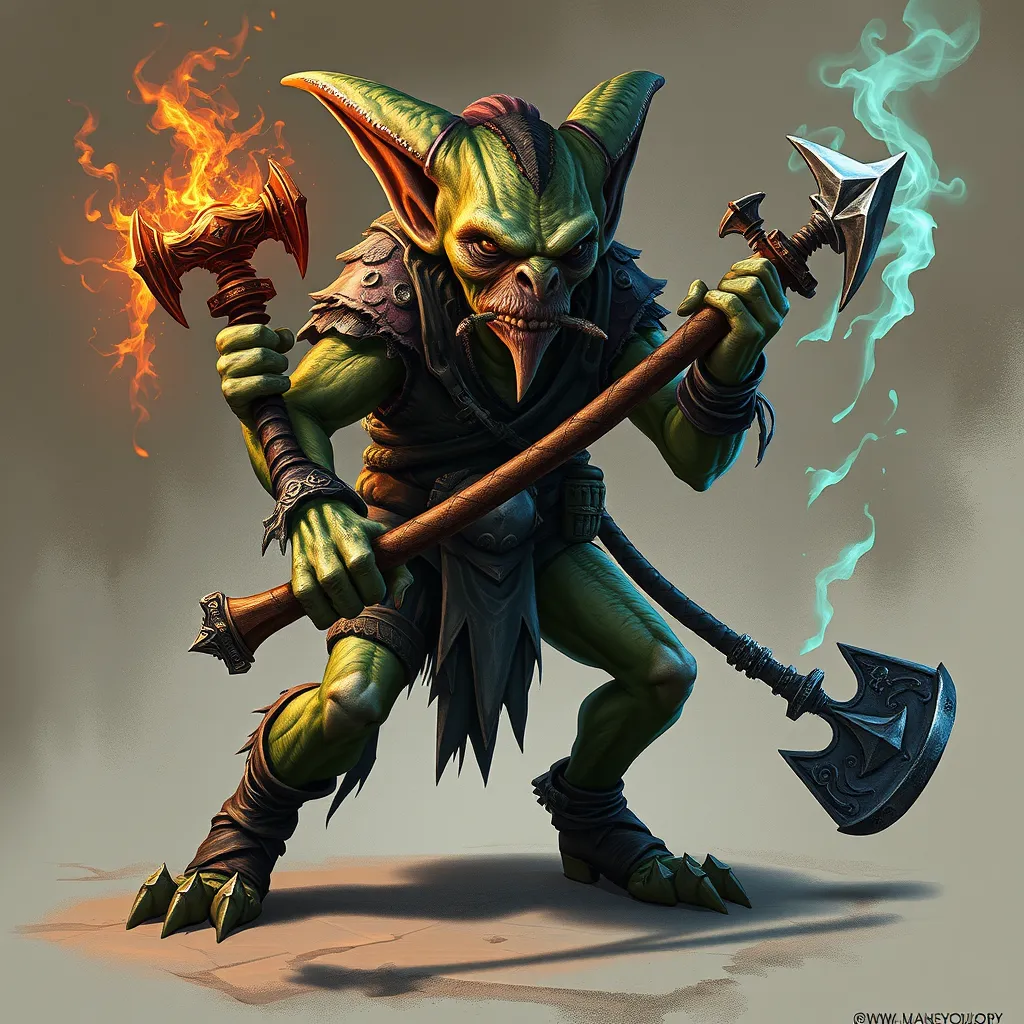The Serpent and the City: Cipactli as a Symbol of Urban Transformation
I. Introduction
Cipactli, a creature from Mesoamerican mythology, holds a unique place in the pantheon of ancient symbols that intertwine with urban development and transformation. Often depicted as a monstrous serpent or dragon, Cipactli is not merely a mythical being but a representation of the earth and its continuous cycles of creation and destruction. This duality is crucial as ancient civilizations grappled with urbanization, reshaping their landscapes and societies.
Urban transformation in ancient Mesoamerican cultures signifies the evolution of societal structures, architectural innovations, and the integration of spiritual beliefs into tangible forms. This article aims to explore Cipactli’s symbolic role in urban development, revealing how this mythological figure has influenced not only the physical but also the social landscapes of cities.
II. The Mythological Context of Cipactli
A. Origins and characteristics of Cipactli
Cipactli’s origins can be traced back to the creation myths of the Aztecs and other Mesoamerican cultures. Described as a primordial being, Cipactli embodies both chaos and potential, representing the untamed aspects of nature. Its dual nature as both creator and destroyer positions it as a foundational figure in the mythology of urbanization.
B. Cipactli’s role in creation myths
In various creation narratives, Cipactli is often depicted as a great fish or a dragon-like creature that was sacrificed to create the world. The act of its dismemberment leads to the formation of the earth, the mountains, and the rivers, illustrating the idea that urban spaces can emerge from chaos and destruction. This cyclical theme of death and rebirth resonates deeply with the urban transformations seen in history.
C. The significance of the serpent in cultural symbolism
The serpent is a potent symbol in many cultures, often representing renewal, fertility, and the cyclical nature of life. In Mesoamerican cultures, serpents are frequently associated with divinity and power. Cipactli, as a serpent, embodies these qualities, emphasizing the connection between urban development and the natural world.
III. Urbanization in Mesoamerica
A. Historical overview of urban development in Mesoamerican civilizations
The history of urbanization in Mesoamerica is rich and diverse, with notable civilizations such as the Olmecs, Maya, and Aztecs establishing complex urban centers. Cities like Teotihuacan, Tenochtitlán, and Palenque illustrate the intricate relationship between geography, mythology, and societal organization. These urban centers were not merely hubs of commerce and politics; they were also spiritual epicenters, reflecting the beliefs and values of the cultures that built them.
B. Key cities influenced by mythological narratives
- Teotihuacan: Known for its monumental architecture, the city’s layout is believed to reflect cosmological principles drawn from creation myths.
- Tenochtitlán: The Aztec capital was founded based on a vision involving an eagle atop a cactus, a narrative interwoven with the symbolism of Cipactli.
- Palenque: This Maya city features inscriptions that celebrate the divine lineage of its rulers, often referencing mythical creatures like Cipactli.
C. The relationship between mythology and urban planning
Mythology played a crucial role in urban planning, as cities were often designed to reflect cosmological beliefs. The orientation of buildings, the layout of streets, and the placement of temples were all influenced by mythological narratives, with Cipactli serving as a foundational symbol of this relationship.
IV. Cipactli as a Metaphor for Urban Transformation
A. Interpretation of Cipactli in the context of change
Cipactli serves as a powerful metaphor for urban transformation, encapsulating the idea that cities are born from the chaos of nature. The serpent’s ability to regenerate and renew resonates with the cyclical nature of urban growth, where destruction often leads to new beginnings.
B. Symbolism of renewal and regeneration in urban environments
As cities face challenges such as environmental degradation, overcrowding, and social inequality, the symbolism of Cipactli offers a framework for understanding renewal. Urban planners and architects can draw inspiration from this mythological figure to create spaces that reflect resilience and adaptability.
C. Case studies of cities undergoing transformation linked to Cipactli
- Mexico City: The transformation from the ancient Tenochtitlán to a modern metropolis reflects the continuous influence of Cipactli’s symbolism.
- Puebla: This city’s urban renewal projects often incorporate elements of local mythology, including references to Cipactli.
V. The Impact of Cipactli on Social Structures
A. How Cipactli influenced societal organization in urban areas
The myth of Cipactli has influenced social structures within urban areas by establishing a narrative of unity and collective identity. Communities often draw on this shared mythology to foster a sense of belonging and purpose.
B. The serpent’s representation of power and authority
Cipactli’s serpent form has long been associated with power, authority, and the divine. Leaders and rulers in Mesoamerican societies often invoked this symbolism to legitimize their reign and connect their governance to the natural and supernatural worlds.
C. The role of myth in shaping community identities
Mythology, particularly figures like Cipactli, plays a crucial role in shaping community identities. By embracing their shared narratives, communities can strengthen social bonds and cultivate resilience in the face of urban challenges.
VI. Modern Interpretations of Cipactli in Urban Development
A. Contemporary relevance of Cipactli in urban planning
In today’s urban planning discussions, the symbolic significance of Cipactli continues to resonate. Planners and architects are increasingly recognizing the importance of integrating cultural narratives into their designs to create spaces that reflect the identity of the communities they serve.
B. Examples of urban projects drawing inspiration from Cipactli
- Teotihuacan Restoration Project: Efforts to restore ancient sites have incorporated elements of Cipactli’s symbolism to honor the past while addressing modern needs.
- Tenochtitlán Urban Renewal: Projects aimed at revitalizing areas of Mexico City draw on the city’s mythological roots, emphasizing sustainability and cultural heritage.
C. The fusion of ancient symbolism with modern design
Architects are beginning to fuse ancient symbolism with modern design principles, creating urban spaces that honor cultural heritage while addressing contemporary needs. The incorporation of Cipactli’s symbolism serves as a foundation for creating environments that are both functional and reflective of local identities.
VII. Challenges and Critiques
A. Criticism of using mythology in contemporary urbanization
While the integration of mythology into urban planning has its advantages, critics argue that it can lead to superficial interpretations that fail to address the complexities of modern urban issues.
B. The risk of oversimplifying complex cultural narratives
There is a danger in oversimplifying the rich and diverse narratives associated with figures like Cipactli. Urban planners must navigate the fine line between cultural representation and the risk of commodifying these symbols.
C. Balancing tradition and innovation in urban development
Striking a balance between honoring traditional narratives and embracing innovation is essential for sustainable urban development. Planners must consider how to integrate cultural symbols meaningfully without stifling creativity and progress.
VIII. Conclusion
In conclusion, Cipactli’s significance in urban transformation extends beyond mere symbolism; it represents the dynamic interplay between mythology and urban development. As modern cities continue to evolve, the enduring legacy of ancient symbols like Cipactli offers valuable insights into our relationship with the urban environment.
The intersection of mythology and urban life is not merely a callback to the past but a pathway to envisioning sustainable futures. By understanding and incorporating these ancient narratives, we can foster urban spaces that honor their histories while embracing the challenges and opportunities of modernity.



